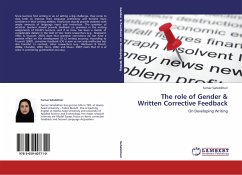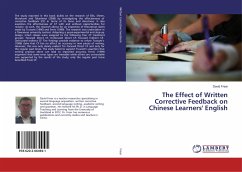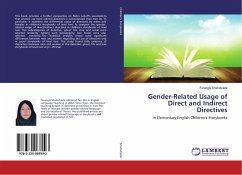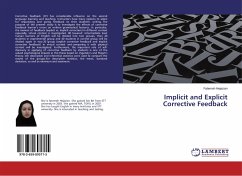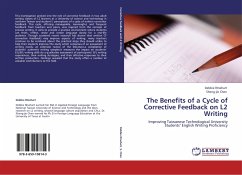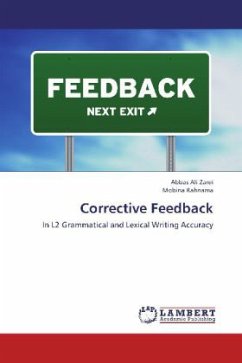Written corrective feedback (WCF), a pedagogy that is often used when helping learners improve their written accuracy, has captured researchers' attention in recent decades. This study looks at the effectiveness of direct and indirect WCF when using them with 26 intermediate ESL learners' writings, and investigates whether giving them the type of feedback they preferred or less preferred would influence their actual performance. The study draws on three linguistic forms (definite/indefinite articles, singular/plural nouns, and present simple tense), and using three different groups of pictures to elicit participants to write a 250 words paragraph. It contributes information not only on whether direct or indirect WCF helps learners improve their written accuracy more, but also shows direct or indirect feedback is more effective when learners dealing with the three linguistic forms. This book will be especially useful to language teachers, and researchers in the field.


